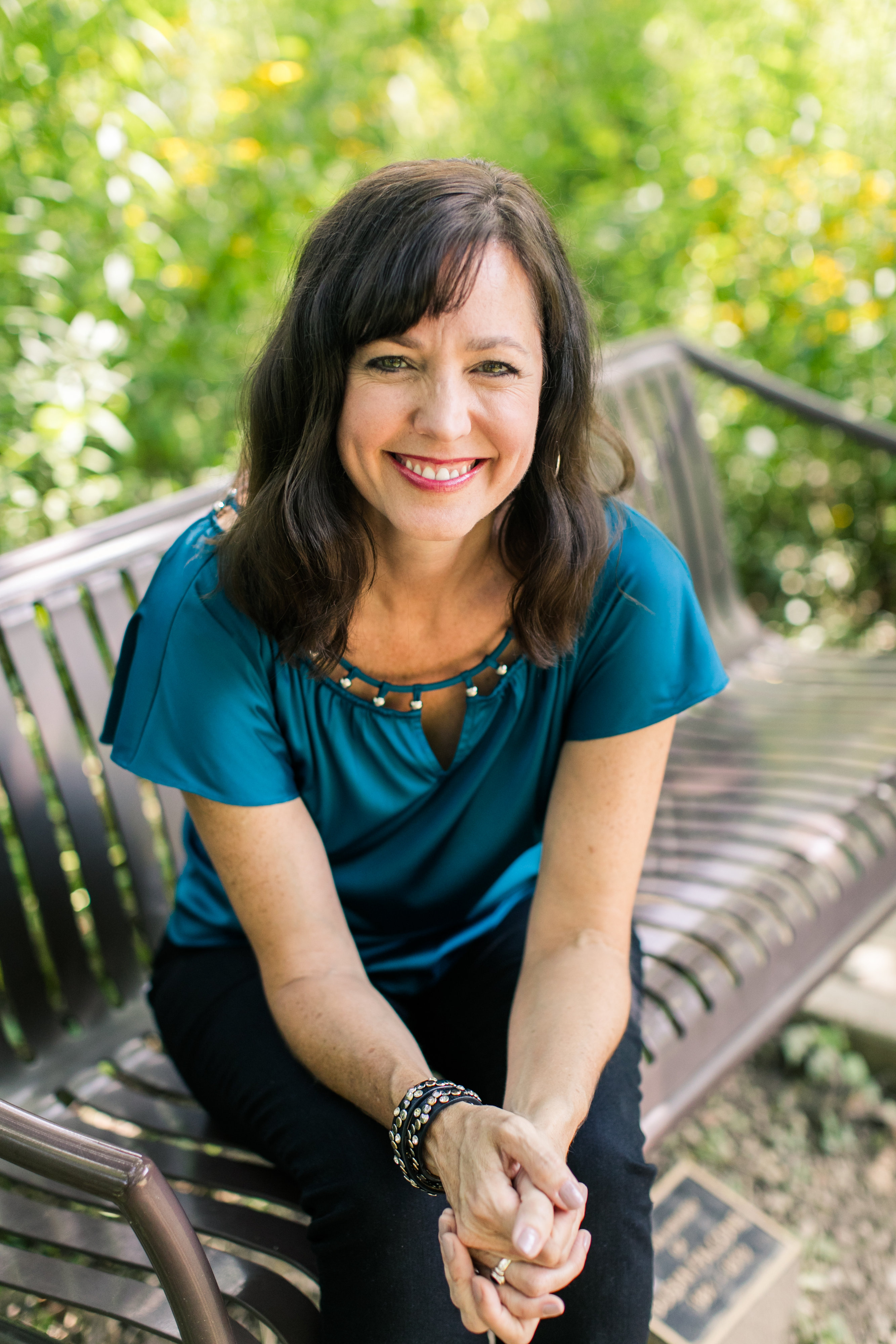Catherine Marshall was married to a Scottish preacher named Peter Marshall who pastored the well-known New York Avenue Presbyterian Church and served as the Chaplain of the United States Senate in the 1940s.
The daughter of a preacher, Catherine grew up in West Virginia but was a student at Agnes Scott College in Atlanta, GA when she attended a church pastored by Peter Marshall. She was mesmerized by his preaching, Scottish accent, and his status as a bachelor.
He didn’t know anything about her admiration until she spoke at a rally for young adults. Her boldness and enthusiasm caught his eye. Although there was twelve years age difference, they married in 1936 and soon after the honeymoon moved to Washington DC.
Shortly after their son, Peter John, was born, Catherine contracted tuberculosis. In 1940, the antibiotics that now treat this condition weren’t available. Instead, the doctor ordered complete bedrest for three months. These three months turned into three years.
During that difficult season, Catherine learned many valuable lessons that she wrote about later in her book, Beyond Ourselves. She learned to fully “enter in.” All the veneer of her faith was stripped away until she finally prayed what she refers to as the “prayer of relinquishment”. God removed the trappings of religion – everything organizational, ceremonial, and the people pleasing a pastor’s wife often needed to succeed in her position.
She wrote about it this way, “He seeks us out at a point in our own need and longing and runs down the road to meet us. This individualized treatment should delight rather than confuse us, because it so clearly reveals the highly personal quality of God’s love and concern. At the same time, there is one central core of the entering in or commitment experience that is common to everyone who undergoes it. It is the act of putting oneself – past, present, and future – into God’s hands to do with as He pleases.”
When she didn’t feel the willingness to fully surrender, she prayed this prayer, “Lord, I am willing to be made willing.”
After telling God that He could fully have His way in her life – that she was willing to spend the rest of her life in bed if that was His plan – she then began to improve. When Peter died of a heart attack in 1949 at just 46 years of age, Catherine had a nine-year-old son. She began to write Peter’s story partly because she didn’t have the luxury of depending on a husband for income.
A Man Called Peter was published in 1951 and was a huge success, and a movie by the same name was released in 1955. She went on to write or edit over 30 books that sold in total over 16 million copies. Her fiction book – Christy – was based on her mother’s experiences teaching school in Appalachia and became a very popular novel and television show.
She was a strong woman who allowed her trials to become triumphs as she surrendered her will to God’s plan. In 1959, she remarried – this time a fellow writer – Leonard LeSourd, the editor of Guideposts magazine and together they founded their own publishing house named Chosen Books.
From Catherine, we discover that fully entering into intimacy with Jesus requires the willingness to let go.
What is the Lord calling you to let go of today?


